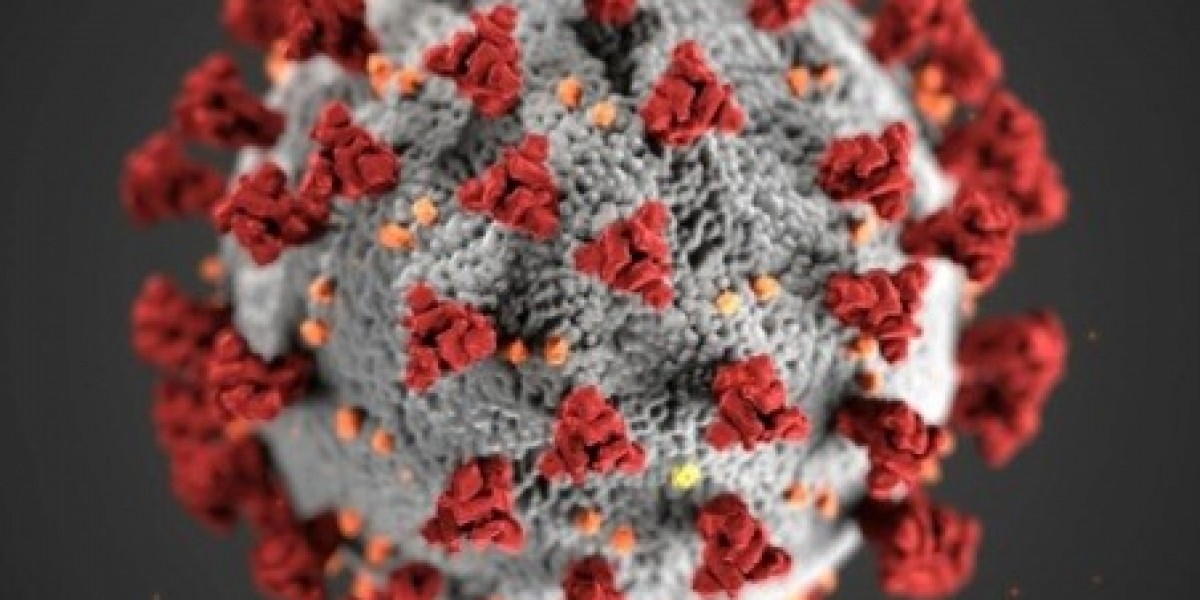? What is Reverse Transcriptase? | A Human-Friendly Overview
Reverse transcriptase is a fascinating enzyme that flips the script on the central dogma of biology — instead of going from DNA to RNA, it goes from RNA to DNA. Kind of like pressing the rewind button on genetic information. ?
? In Simple Terms
Reverse transcriptase:
? Converts RNA into complementary DNA (cDNA)
? Is naturally found in retroviruses like HIV
? Is widely used in biotech, diagnostics, and research
? Where Is It Found?
Primarily in:
Retroviruses (like HIV) — they use reverse transcriptase to integrate their genetic material into the host’s DNA.
Laboratories — scientists use purified reverse transcriptase in experiments to study gene expression or make vaccines and therapies.
? How It's Used in Science & Medicine
1. Molecular Diagnostics
Key for RT-PCR (reverse transcription PCR), which helps detect viral RNA (like COVID-19 or flu).
Used in HIV testing to study viral load.
2. Gene Cloning & Research
Converts unstable RNA into stable DNA, making it easier to study genes.
Helps in RNA sequencing and cDNA library creation.
3. Therapeutics
Reverse transcriptase inhibitors (RTIs) are crucial in HIV treatment — they block the enzyme to prevent the virus from replicating.
⚠️ Why It’s Important in HIV
HIV needs reverse transcriptase to copy its RNA into DNA and hijack the host cell’s machinery. Without this step, the virus can’t spread. That’s why RT inhibitors like AZT, tenofovir, and lamivudine are frontline drugs.
? Quick Facts
? Discovered in 1970 (a Nobel Prize-winning find)
? Targeted by antiretroviral therapy
? Essential tool in modern genetic research
? Bottom Line
Reverse transcriptase may sound like a villain in the HIV world, but it's also a superhero in labs worldwide — driving discoveries in medicine, genetics, and diagnostics.









